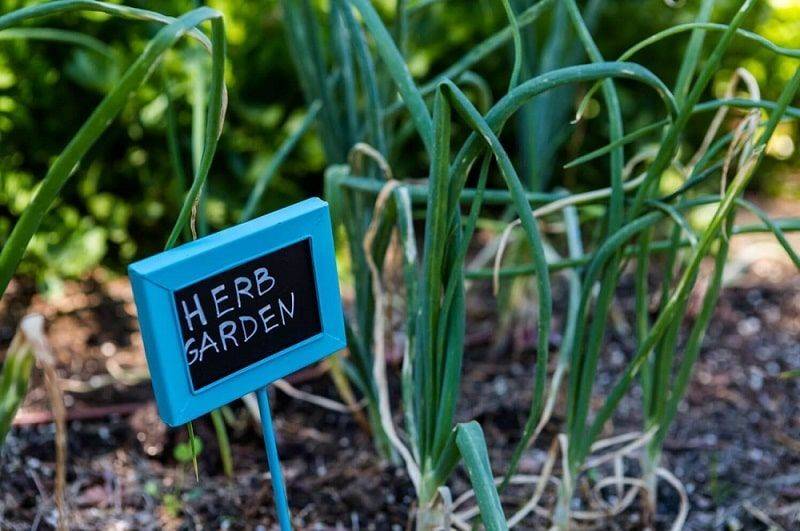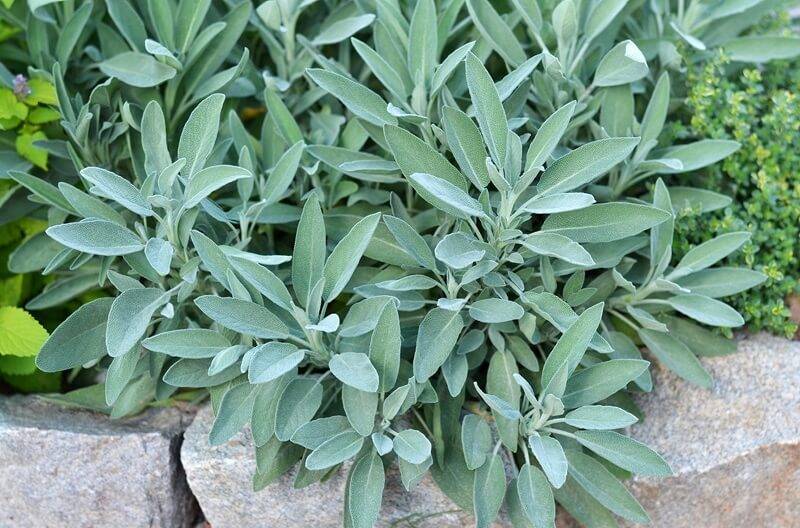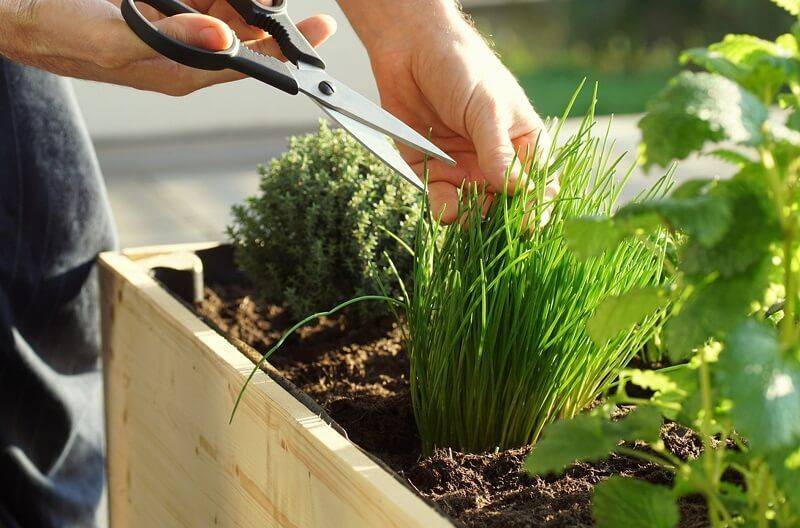Creating a herb garden for your holiday home
19 July 2021
Imagine waking up on a sunny morning in your favourite vacation location. You open the window wide to feel the gentle breeze and inhale a heady blend of parsley, sage, rosemary and thyme, or perhaps marjoram.
Your lovely holiday home herb garden is scenting the air all around you.
Just-harvested herbs add vibrant flavours to home cooking. No shop-bought alternative can match that intense, fragrant freshness. But there’s more to growing your culinary herbs than bringing extra yumminess to meals.
At Willerby, we’ve helped thousands of families throughout the UK to buy their dream holiday home or lodge in a favourite seaside or countryside spot. And one of the greatest blessings of having a permanent holiday place is the chance to put down roots. So, how do you go about doing it? Let’s find out.
Easy and low-maintenance
Growing herbs is remarkably easy, even if your horticultural skills are minimal. Mostly grow without requiring constant attention, which is ideal if you can’t get to your holiday home as often as you’d like. And you can produce a lot in very little ground, so you’ll still have plenty of space around your holiday home to cultivate.
Herbs grow happily in pots and containers, which means you can sow seeds on your veranda or in a sunny spot indoors. But let’s assume you’ve decided on an outdoor location and your spade’s at the ready. Here’s what you need to know about creating a herb zone in your garden.
How to grow a herb garden
- Choose a sunny spot. Most herbs are happiest in full sunlight, so avoid overly shady places.
- A position next to a fence is ideal because it will reflect extra light and warmth onto the herbs, sheltering them from the wind.
- Place a barrier, such as a weed cloth or cardboard, around the area to stop weeds from invading.
- Create a raised bed or buy a garden box six to eight inches deep and place it in your chosen plot.
- Fill it with soil, enriched with vermiculite and compost or well-rotted manure. Aim for a balance of sharp drainage and some moisture retention.
- Use or create a grid within the bed to keep each herb separate.
- Plant the herbs, putting the tallest in the middle sections and shorter ones around the edge to make harvesting simpler.
Which herbs grow best outside?

A lot of the common herbs originate from the Mediterranean. That’s why they love sunshine so much, but it means the more tender herbs need protection from the frost and are best grown in moveable pots. This category includes basil, marjoram, coriander, and French tarragon.
The hardiest herbs that live outside all year are the ones that lie dormant in winter and come back strong in spring, such as mint, thyme, rosemary, oregano, sage and chives.
The trick with the hardier herbs is to prepare your plants for winter a few weeks before the first frost of autumn. Prune them, remove woody or dead stems and snip off the upper leaves. This will make sure the spring growth is healthy. It will also give you lots of delicious herbs to dry or freeze for cooking over the winter.
Your guide to the most popular herbs
Choosing herbs to grow is mainly a matter of personal preference, so here are just a few suggestions:
Mint grows best when left to spread naturally. It grows so easily, in fact, that often it’s over-abundant, so use pots if that’s a worry. Alternatively, just use a lot of mint and harvest it frequently. Mint grown in full sun has the best flavour and fragrance, but it can handle partial shade. The best time to pick the leaves is before flowering or after the plant is cut back in summer.
Rosemary is an evergreen harvested throughout the year. The flowers are also edible, with a light version of the same distinctive flavour – delicious in rice dishes. Rosemary will thrive in a container full of soil-based compost as well as in a sunny spot.
Sage leaves can be used all year round. The flowers are edible and delicious when sprinkled on salads or over a fruit pudding. Alternatively, you can preserve sage leaves in oil and butter. Plant in a warm, sunny site in well-drained soil and cut back after flowering in summer. That will encourage new growth and prevent the plant from becoming woody.
Thyme is also a year-round herb and is used to bring that distinctive tang to oils or butter. All herbs prefer well-drained soil in a sunny spot, but thyme particularly hates sitting in water. To grow thyme in containers, use soil-based compost mixed with horticultural grit. Cutting thyme back after flowering will strengthen it for winter survival.

Chives are part of the allium family, which also includes onions, leeks and garlic. Cut fresh chive leaves near the base using scissors to encourage regrowth. Sprinkle the chopped leaves over dishes, especially potato or egg-based recipes, to add a subtle hint of onion flavour. Freeze the leaves in an ice cube tray for use out of season. The lovely pink edible flowers are also delicious sprinkled over a salad or used to bring a MasterChef flourish to any plate. They grow well in pot or plot, but need watering in dry conditions.
Oregano is a member of the mint family, widely grown across the Mediterranean and sometimes known as wild marjoram. It’s an aromatic herb with an intense, spicy flavour mixed with hints of bitterness. So whether your holiday home’s in West Wales or the Yorkshire Dales, the aroma of oregano in a salad, tomato sauce, or marinade will transport you to Italy. It grows happily in containers and can be dried or preserved in oil. The more you harvest oregano, the faster it grows, so don’t hold back.
Marjoram is a sub-species of oregano, a more delicate herb with a lighter, sweeter flavour and fragrance. Because of its subtle character, marjoram is best added to dishes at the end of cooking.
Parsley comes in curly or flat-leaved varieties. The latter has a stronger flavour, making it more useful in cooking, while curly parsley makes a more attractive garnish. Famous for its affinity with fish, parsley is also traditionally used in salsa verde, green mojo sauce and tabouleh. It’s an easy herb to grow in pots or outdoors, can be harvested any time and will simply grow back stronger. Like most herbs, it loves the sun, but parsley prefers slightly moist soil, so keep it watered.
Basil has a fabulous fragrance even by herb standards. It is traditionally used to bring that distinctive taste of Italy to tomato sauces, green pesto or a ‘tricolore’ salad with mozzarella and tomato. Native to the tropics, it loves the sun and can’t tolerate frost. Basil also hates having its roots wet overnight, so water it in the morning. A great tip for encouraging healthy, bushy growth is to prune regularly, lightly pinching the tips of the branches occasionally and removing flowers as soon as they appear.
Lavender is less traditionally used in cooking than other herbs, but it’s a great addition to your garden because the scent is fabulous, and bees love it. Culinary lavender is increasingly popular in marinades, breads and cakes, as well as a traditional ingredient in Herbes de Provence. The secret of success with lavender is to use it very sparingly, otherwise the flavour and scent can be overpowering. Culinary lavender is generally the Lavandula angustifolia species, a sweeter fragrance and lighter floral flavour with a hint of citrus.
Which herbs can I plant together?
Most herbs enjoy similar conditions with plenty of sun, shelter from the wind and just enough water so that you can plant them together in most combinations.
Herbs that are commonly planted together include sage, thyme, rosemary, marjoram, lavender and oregano. Mint is best given its own space or cut back frequently.
Ready to start your holiday herb garden?
Firstly, you need to find your holiday home. With so many seaside and countryside holiday parks throughout the UK, you’re spoilt for choice, but the Willerby park finder is the perfect place to start your search. Then you’ll want to find out what sets Willerby holiday homes and lodges apart. You’ll find it as appetising as the fragrance from a herb garden.
